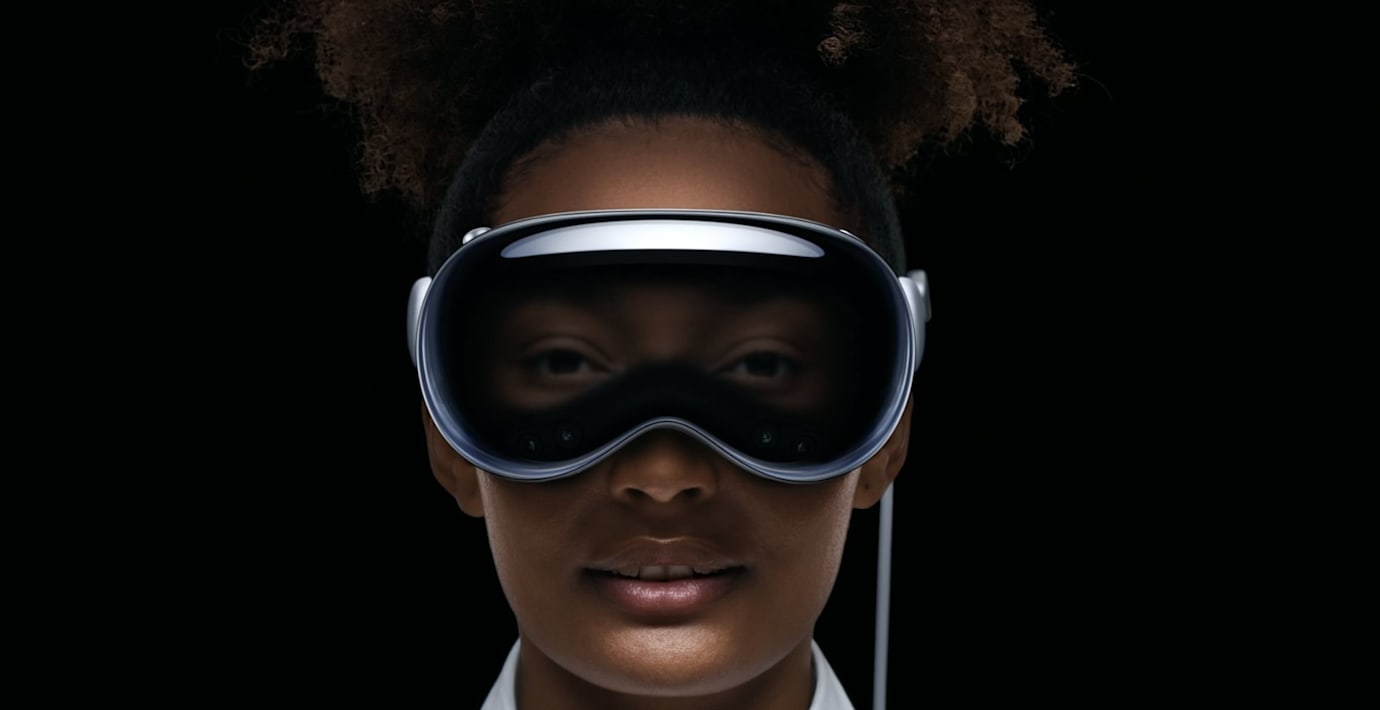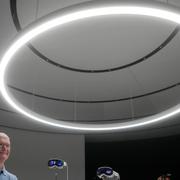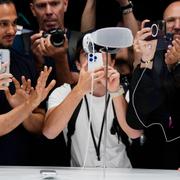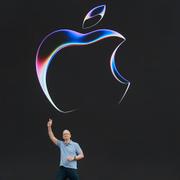
Det här är Apples mixed reality-headset Vision Pro
Precis som förhandsrykten gjort gällande så visade Apple upp ett mixed reality-headset i samband med öppnandet av utvecklarkonferensen WWDC på måndagskvällen. Produkten får namnet Vision Pro, och det handlar om ett headset som går att använda till allt från produktivitet till underhållning.
Headsetet får ett utseende som för tankarna till skidglasögon. Batteriet bärs på höften, och det behövs ingen annan Apple-enhet för att använda headsetet. Vision Pro kontrolleras med ögonen, händerna och rösten, och med ett vridreglage kan användaren bestämma graden av VR och AR. Det går att interagera med 3D-objekt på en rad olika sätt, och det går att projicera dem ovanpå den verkliga världen.
Headsetet visar även med hjälp av en teknologi kallad Eyesight användarens ögon på en utåtriktad display. Befinner man sig i fullt VR-läge (och därmed inte är ”tillgänglig”) så markeras det med ett speciellt sken.
Headsetet har även en 3D-kamera som kan fånga upplevelser med djupinformation.
Apple uppger att det kommer att finnas över 100 spel avsedda för hårdvaran, och att det går att använda Vision Pro med både Playstation 5- och Xbox-handkontroller.
Headsetet lär knappast bli en produkt för den stora massan. Det släpps inledningsvis enbart i USA, där det får ett pris på 3 499 dollar, eller motsvarande 38 000 kronor. Fler länder ska följa i ett senare skede.



